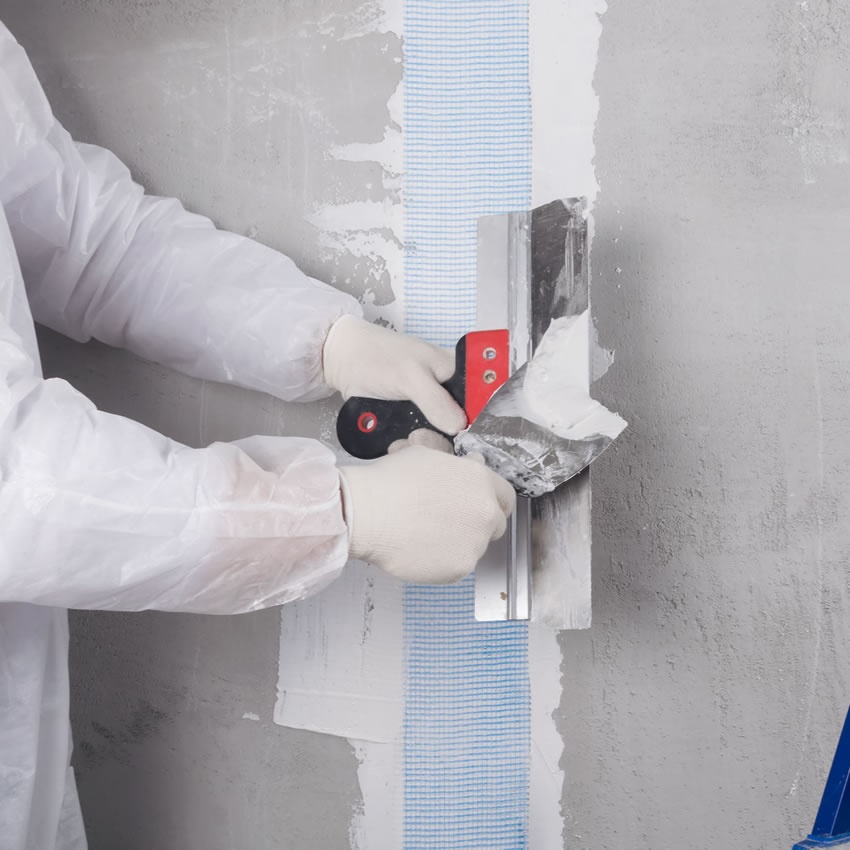FRP Composite Strengthening
FRP composite strengthening refers to the use of Fiber-Reinforced Polymer (FRP) composite materials to enhance the structural performance and load-carrying capacity of existing concrete, masonry, steel, or timber structures.

FRP composite strengthening refers to the use of Fiber-Reinforced Polymer (FRP) composite materials to enhance the structural performance and load-carrying capacity of existing concrete, masonry, steel, or timber structures. This strengthening technique is commonly employed in civil and structural engineering to rehabilitate and upgrade aging or underperforming structures. FRP composites consist of high-strength fibers, such as carbon, glass, or aramid, embedded in a polymer resin matrix.
Here are key aspects of FRP composite strengthening:
Components of FRP Composite Strengthening
- Fiber-Reinforced Polymer (FRP) Sheets or Strips
These are the primary strengthening materials, consisting of layers of fibers (e.g., carbon or glass) embedded in a polymer matrix (e.g., epoxy or polyester). The choice of FRP type depends on the specific project requirements.
- Adhesive
A compatible adhesive is used to bond the FRP sheets or strips to the surface of the structural element being strengthened. Proper surface preparation is essential to ensure a strong bond.
Steps in FRP Composite Strengthening
- Assessment
Evaluate the existing structure to determine its condition, load-carrying capacity, and the specific strengthening needs. Identify any deficiencies, such as cracks, deterioration, or reduced load capacity.
- Design
Develop a strengthening plan that includes the type and layout of FRP materials, adhesive selection, and installation details. The design should be based on engineering calculations and structural analysis to ensure that the strengthened structure meets the required performance criteria.
- Surface Preparation
Properly prepare the surface of the structure by cleaning, roughening, and removing any loose or deteriorated material. This step is critical to ensure a strong bond between the adhesive and the substrate.
- Application of Adhesive
Apply the chosen adhesive to the prepared surface of the structure, ensuring uniform coverage. The adhesive acts as a bond between the existing structure and the FRP composite materials.
- Installation of FRP Composite
Affix the FRP sheets or strips to the adhesive-covered surface, following the design specifications. Apply pressure to ensure proper contact between the FRP and the adhesive.
- Curing
Allow the adhesive to cure according to the manufacturer's recommendations. Curing times and conditions may vary based on the type of adhesive used.
- Quality Control
Perform quality control checks to ensure that the FRP composite strengthening has been applied correctly, including checking for proper adhesion, alignment, and thickness.
Benefits of FRP Composite Strengthening
- Increased Load Capacity
FRP composite strengthening can significantly increase the load-carrying capacity of a structure, allowing it to support greater loads or resist additional stresses. - Improved Durability
FRP materials are corrosion-resistant, which can extend the service life of the strengthened structure, especially in aggressive environments. - Rapid Installation
FRP composite strengthening is often faster to install than traditional strengthening methods, minimizing disruption to the structure and reducing downtime. - Cost-Effective
It can be a cost-effective solution for rehabilitating and upgrading existing structures compared to full reconstruction.
FRP composite strengthening is a versatile and effective technique for enhancing the performance and durability of a wide range of structures, including bridges, buildings, parking garages, and other infrastructure.


